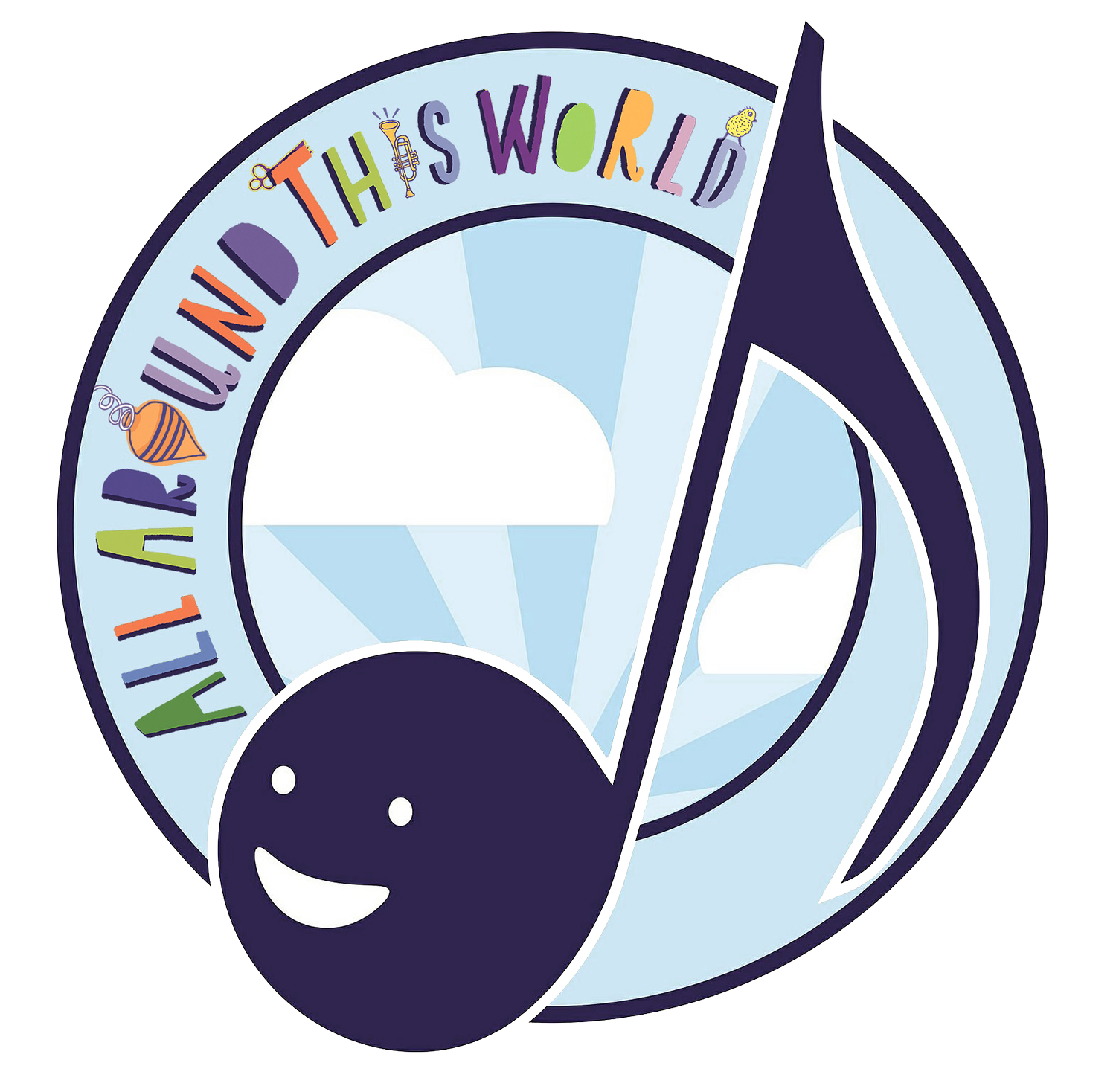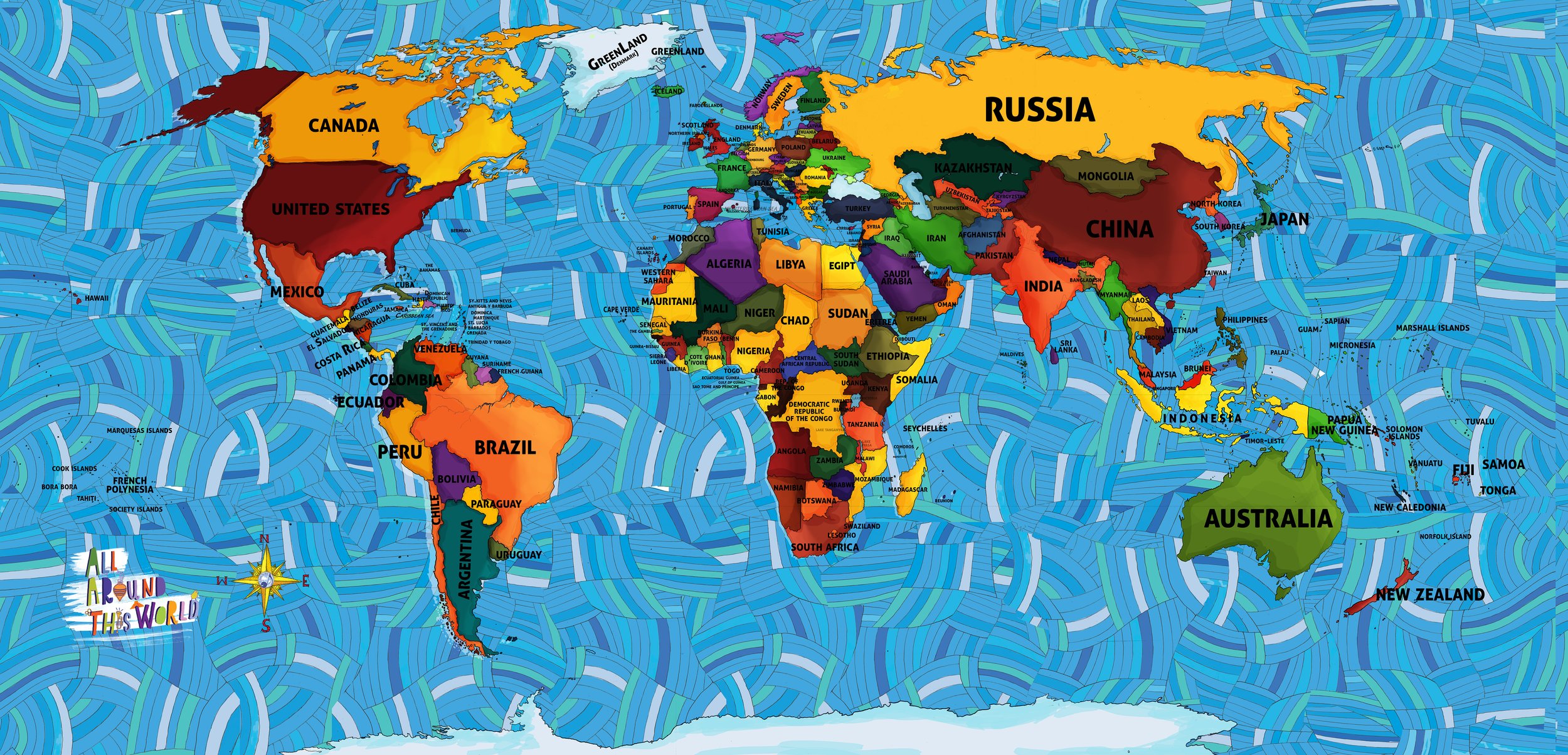East anD SOUTHEAST ASIA
THE PHILIPPINES
-- Filipino: Filipino is the Hispanized (or Anglicized) way of referring to both the people and the language in the Philippines. Note that it is also correct to say Filipino for a male and Filipina for a female. "Filipino" is also the official national language of the Philippines that evolved from the dialect, Tagalog. Filipino and Tagalog are oftentimes used interchangeably because they're very similar. But to be technically correct, the Philippines has one language (Filipino) and many dialects.
— Pilipino: Pilipino, is how locals from the Philippines refer to themselves if they are male.
-- Pilipinas: Pilipinas, which is the name of the country itself, is derived from the Hispanized word Filipinas, the old Spanish name of the country. The 'Ph' is from Philip, the English equivalent of the Spanish King Felipe II.
-- Pinoy/Pinay: “Pinoy” is the shortened, colloquial version for Filipino to refer to the people, but never the language. It becomes Pinay when referring to a female, though “Pinoy” may conceivably refer to a mixed male/female crowd.
The Philippines, a nation of 7,107 islands, is unique among Southeast Asian countries in the fact that its colonial history brought it under the control of both the Spanish and the United States.
Filipino culture is a mix of Spanish, American and indigenous strains, with influence from others in the region such as China, Malaysia and Indonesia thrown in for good measure. This creates a reality in the Philippines of many intertwining histories, a complexity which can express itself in cross-cultural fusion – as in music that embraces Spanish folk forms – but also in political and religious conflict, such as complicatd conflict with Islamic fundamentalist rebels.
Before we embark on our exploration of the Philippines, let's clear up at least a little of the confusion regarding the distinction between the terms Filipino, Pilipino, Pilipinas and Pinoy, with inspiration from the University of Hawaii's Center for Philippine Studies and the further clarfication of our teaching partner Edith Montmayor, from whom you must learn how to dance!
IN CLASS WE…
EXPLORE EAST AND SOUTHEAST ASIA WITH…
-

-
DANCES, HOLIDAYS AND FUN!

East and
Southeast
Asia
ALL AROUND THIS WORLD’S SONGS AND LESSONS
Click on the map to meet any region of the world.



